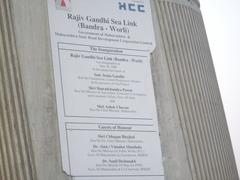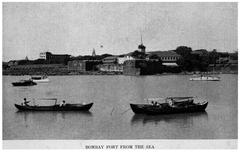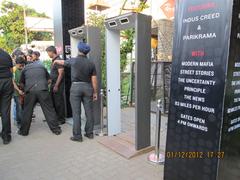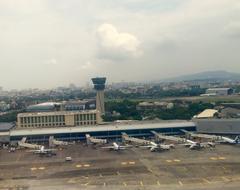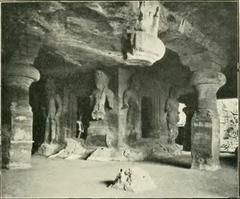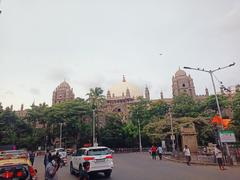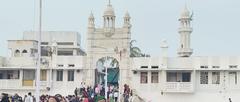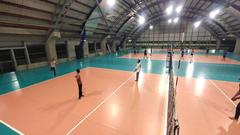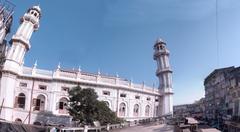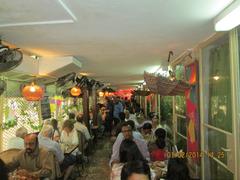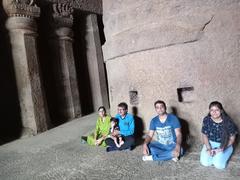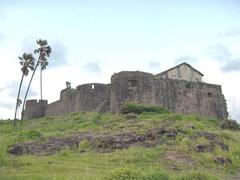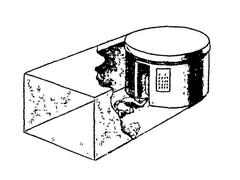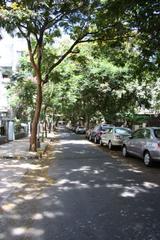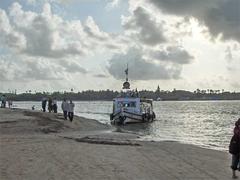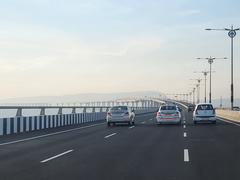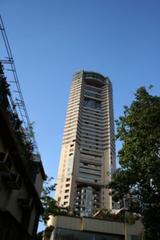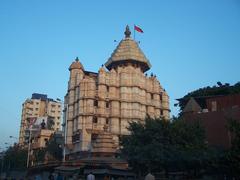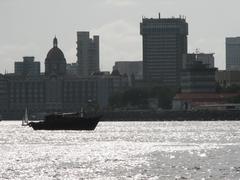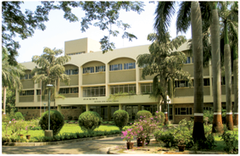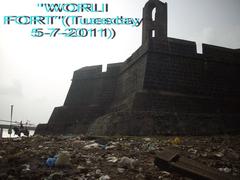Mazagon Fort Visiting Hours, Tickets, and Comprehensive Guide to Mumbai’s Historic Gem
Date: 14/06/2025
Introduction
Mazagon Fort, perched atop Bhandarwada Hill in Mumbai’s historic Mazagaon area, is a fascinating testament to the city’s colonial and maritime heritage. Constructed in the late 17th century, the fort played a pivotal role in Mumbai’s defense during tumultuous times marked by the rivalry of the Portuguese, British, Siddis, Marathas, and Mughals. Although the original fort no longer stands, its legacy endures through the Joseph Baptista Gardens, which now grace the site and offer panoramic views of Mumbai’s bustling harbor.
This guide provides detailed information for visitors, including Mazagon Fort’s visiting hours, ticketing (free entry), accessibility, travel tips, nearby attractions, and cultural considerations. Whether you’re a history enthusiast or a traveler keen to discover Mumbai’s hidden gems, this resource is designed to enrich your visit with practical advice and historical context.
For further planning, consult resources such as the Yometro Mumbai Guide, Treebo Mumbai Forts Blog, and the Audiala app for up-to-date tour information and maps. This guide also emphasizes responsible tourism to ensure Mazagon Fort’s legacy endures for future generations.
Table of Contents
- Historical Background
- Visiting Mazagon Fort Today
- Travel Tips and Visitor Guidelines
- Facilities and Amenities
- Cultural Etiquette and Local Interaction
- Best Time to Visit
- Frequently Asked Questions (FAQ)
- Visuals and Media Resources
- Legacy and Public Memory
- Conclusion and Call to Action
- Sources
Historical Background
Origins and Construction
Mazagon Fort was constructed in the late 17th century, around 1680, on Bhandarwada Hill. Its builder is debated—some sources credit Siddi General Yakut Khan, others the British—but its strategic location overlooking Bombay harbor was crucial. The fort was designed to protect Mumbai’s eastern seaboard and control key maritime trade routes.
Strategic Importance in the 17th Century
During the late 1600s, Mumbai was emerging as a vital maritime hub. Mazagon Fort served as a military stronghold, defending the city against threats from the Siddis, Marathas, Mughals, and various European powers. Its strategic position made it central to controlling access to the harbor.
The Mughal-Siddi Alliance and the Siege of 1689
In 1689, Siddi General Yakut Khan led a major siege, capturing Mazagon Fort and much of Mumbai with an army of about 20,000. The British were forced to negotiate with Mughal Emperor Aurangzeb, agreeing to pay a substantial sum to lift the siege. This episode underscores the fort’s critical geopolitical role.
Destruction and Aftermath
After withdrawing in 1690, Yakut Khan ordered the destruction of Mazagon Fort to prevent British reuse. In 1884, the British developed the site into a water reservoir, later transformed into the Joseph Baptista Gardens. Today, no visible remains of the original fort exist, but the location retains significant historical interest.
Visiting Mazagon Fort Today
Location and Access
The original site of Mazagon Fort is now occupied by the Joseph Baptista Gardens atop Bhandarwada Hill in Mazgaon, South Mumbai. The gardens are accessible by:
- Train: Nearest station is Dockyard Road (Harbour Line), followed by a short rickshaw or taxi ride.
- Bus: Several local bus routes connect Mazagaon to other city areas.
- Taxi/Ride-hailing: Easily available throughout Mumbai.
- Car: Limited street parking is available; public transport is recommended due to narrow lanes and traffic.
Visiting Hours
- Joseph Baptista Gardens: Open daily from 6:00 AM to 9:00 PM.
- The fort’s remains are accessible during daylight hours for safety and visibility.
- Recommended: Visit early morning or late afternoon for cooler temperatures and optimal lighting.
Tickets and Entry Fees
- Entry: Free of charge; no ticketing or official counter.
Accessibility
- The area is generally accessible for most visitors, though some uphill walking on uneven paths is required.
- The site is not wheelchair accessible due to hilly terrain and lack of formal pathways.
- Visitors with mobility challenges should plan accordingly and wear comfortable, sturdy footwear.
Guided Tours and Visitor Tips
- No official guided tours are available, but local heritage groups occasionally organize walks including the site.
- Photography is best during golden hour (early morning/late afternoon).
- For deeper historical insight, consider hiring a knowledgeable local guide.
Nearby Attractions
- Byculla Zoo (Veermata Jijabai Bhosale Udyan): Historic zoo and botanical garden.
- Banganga Tank and Walkeshwar Temple: Ancient water tank and temple complex.
- Chhatrapati Shivaji Maharaj Vastu Sangrahalaya: Mumbai’s premier museum.
- Chor Bazaar: Iconic flea market nearby.
- Cathedral of St. Joseph: Colonial-era church within walking distance.
Travel Tips and Visitor Guidelines
- Footwear: Wear sturdy, non-slip shoes for uneven terrain.
- Weather: Visit during cooler months (November–February). Carry water, sun protection, and insect repellent.
- Safety: Avoid visiting after dark due to limited lighting and isolation.
- Personal Belongings: Keep valuables secure and remain alert in crowded areas.
- Photography: Be respectful of local residents; avoid photographing private homes without permission.
Facilities and Amenities
- No dedicated tourist facilities like restrooms or food stalls at the fort itself.
- Public restrooms are available within Joseph Baptista Gardens.
- Nearby Mazagaon neighborhood offers local eateries serving Mumbai street food and East Indian cuisine.
- Plan to use restaurants or cafes before or after your visit.
Cultural Etiquette and Local Interaction
- Dress modestly out of respect for local communities.
- Maintain quiet behavior, especially near places of worship.
- Seek permission before photographing people or private property.
- Support local businesses by purchasing from neighborhood vendors.
Best Time to Visit
- Ideal months: November to February (milder temperatures, lower humidity).
- Monsoon (June–September): Heavy rains make paths slippery but enhance the site’s greenery.
- Weekdays and early mornings: Quieter and ideal for photography.
- Weekends: Busier with local visitors, especially during festivals.
Frequently Asked Questions (FAQ)
Q: Is there an entry fee for Mazagon Fort?
A: No, entry is free.
Q: What are Mazagon Fort’s visiting hours?
A: The site is open from 6:00 AM to 9:00 PM daily; visit during daylight for safety.
Q: Is Mazagon Fort wheelchair accessible?
A: No, the terrain is uneven and involves uphill walking.
Q: Are guided tours available?
A: No official tours, but local heritage groups sometimes organize walks.
Q: Can I take photographs?
A: Yes, but be cautious near edges and respectful of local privacy.
Visuals and Media Resources
- High-quality images of the Joseph Baptista Gardens, Mazagon Fort ruins, and panoramic views of Mumbai harbor enhance the visitor experience.
- For virtual tours, check local heritage websites and digital archives.
Legacy and Public Memory
While no physical ruins remain, Mazagon Fort’s legacy lives on through local history, digital reconstructions, and public spaces like the Joseph Baptista Gardens. Community organizations continue to promote awareness and preservation through events, educational programs, and digital documentation. The site remains a cherished landmark reflecting Mumbai’s multicultural past.
Conclusion and Call to Action
Mazagon Fort is a remarkable window into Mumbai’s layered colonial and maritime history, offering a tranquil escape and a chance to reflect on the city’s dynamic evolution. With free entry and proximity to other heritage sites, it is an essential stop for travelers and history enthusiasts alike.
Plan your visit:
- Explore during the cooler months.
- Wear comfortable footwear.
- Utilize digital resources like the Audiala app for directions and updates.
- Respect local customs and help preserve this unique historical site.
